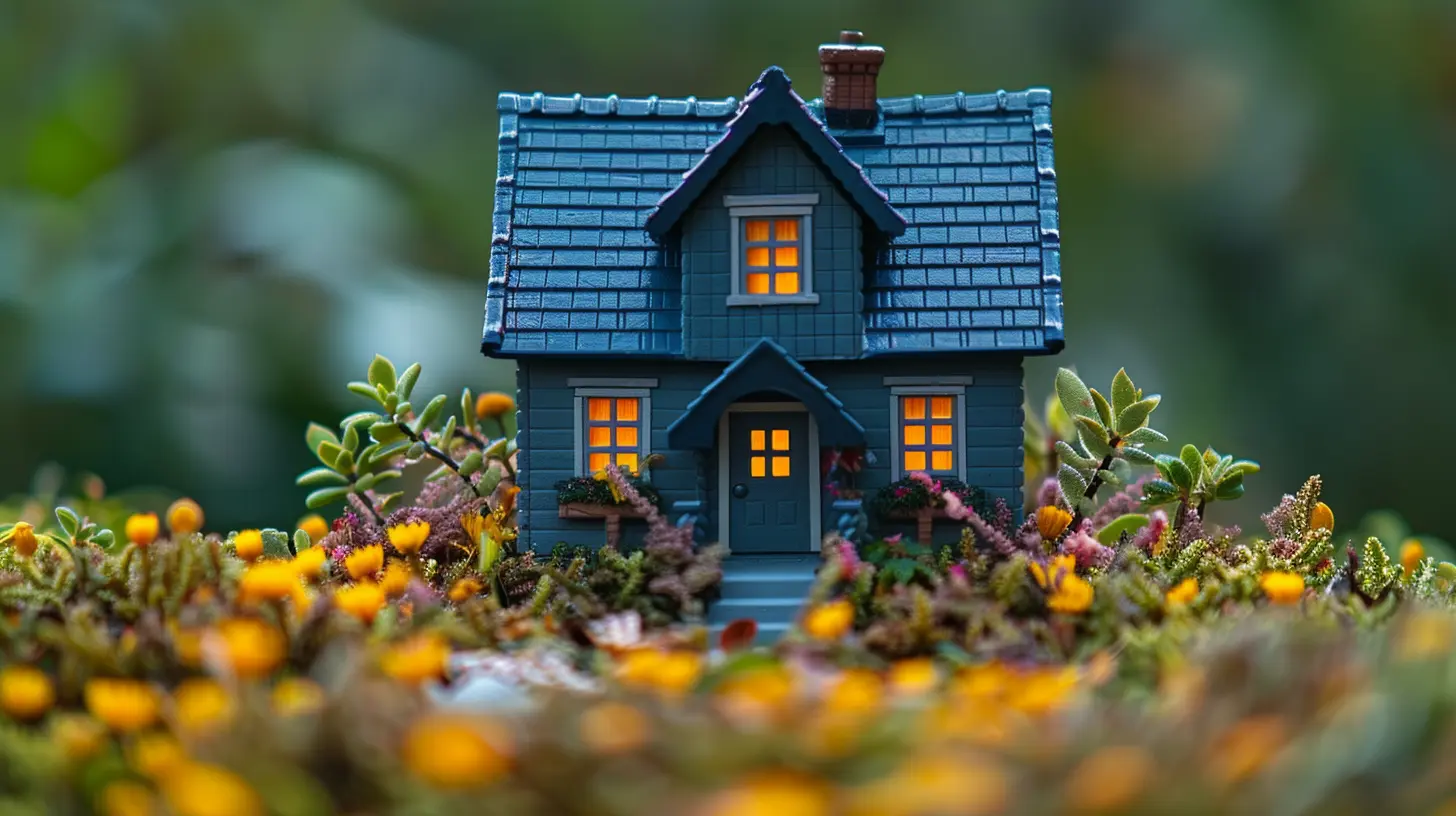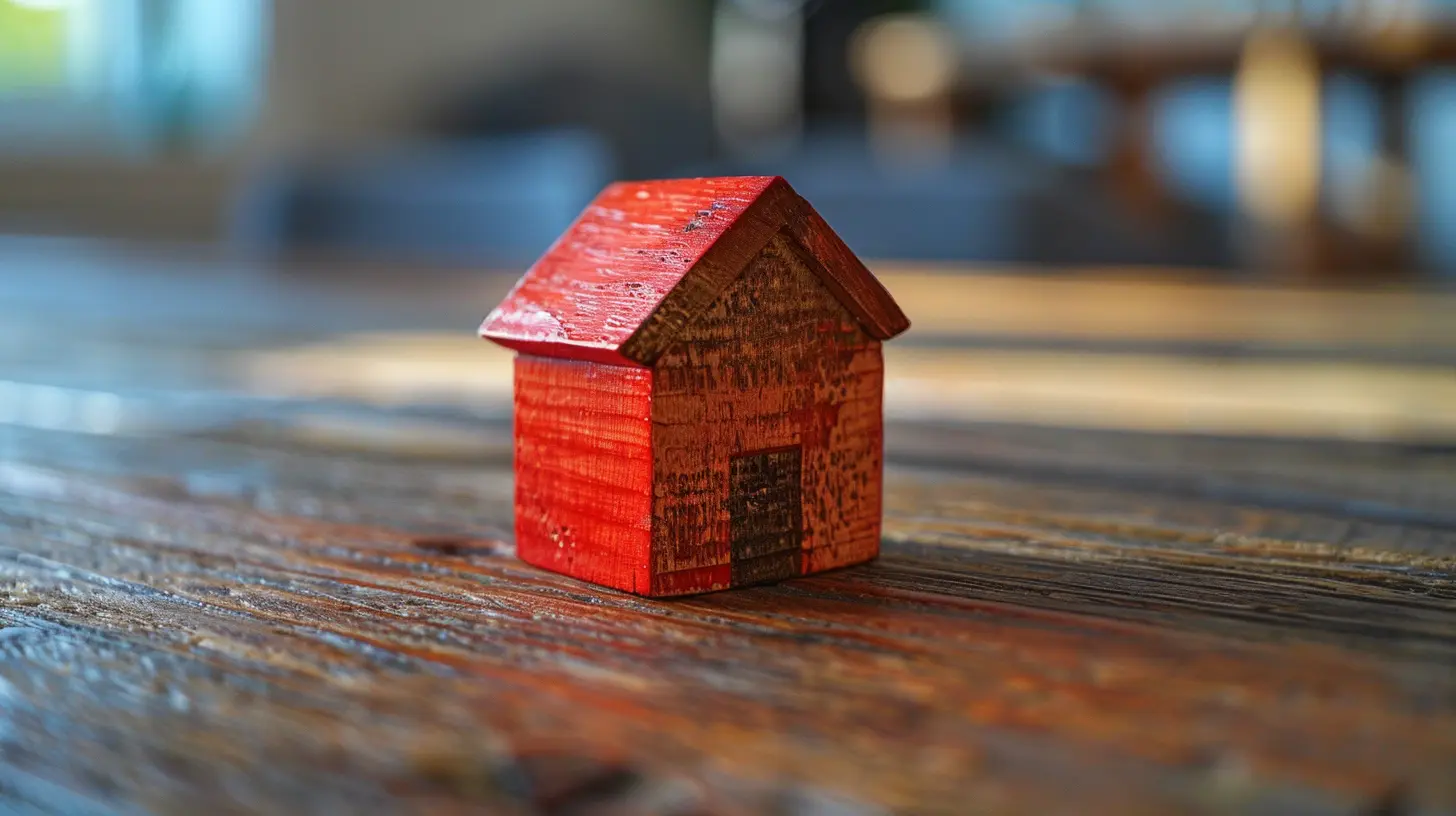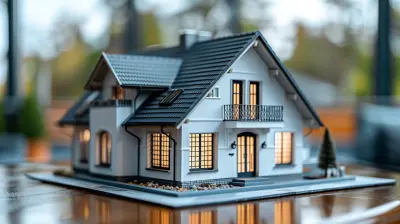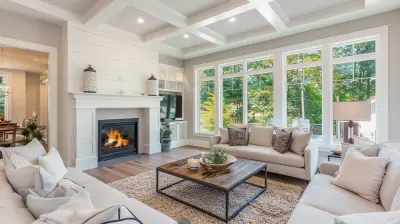The Psychology of Home Staging: Appeal to Buyers’ Emotions
8 July 2025
Selling a home isn’t just about listing it and waiting for offers to roll in. It’s about creating a connection—an emotional bond between the buyer and the space. That’s where home staging comes in. It’s not just about making a house look pretty; it’s about making it feel like home.
Understanding the psychology behind home staging can drastically impact how fast and how well a home sells. When done right, it can lead to multiple offers, a quicker sale, and sometimes even a higher price. So, how do you stage a home in a way that tugs at a buyer’s emotions? Let’s dive in.

Why Emotions Play a Role in Buying a Home
Buying a house isn’t just a logical decision—it’s deeply emotional. People envision their future in a home, imagining birthday parties in the dining room, cozy movie nights in the living room, or peaceful mornings in the garden. If a home triggers the right emotions, buyers are more likely to make an offer, often at a higher price.Think about it. Have you ever stepped into a house and just felt like it was the one? That’s not a coincidence—it’s psychology at play.

First Impressions: The Power of Curb Appeal
First impressions matter—especially in real estate. The moment a potential buyer pulls up to a home, they’re already forming an opinion.How to Improve Curb Appeal:
- Fresh Paint and Landscaping – A well-maintained exterior sets the tone for what’s inside. A fresh coat of paint, trimmed hedges, and vibrant flowers can work wonders.- A Welcoming Entryway – A stylish front door, a new doormat, and potted plants make the entrance feel warm and inviting.
- Outdoor Lighting – Soft, warm lighting enhances curb appeal, especially in evening showings.
If a home’s exterior is dull or unkempt, buyers lose interest before they even step inside.

Decluttering and Depersonalizing: Let Buyers See Themselves Here
Messy, cluttered spaces overwhelm potential buyers. The goal of staging is to create a neutral yet inviting atmosphere, allowing buyers to imagine their own lives in the space.How to Declutter and Depersonalize:
- Remove Personal Items – Family photos, children’s artwork, and personal memorabilia should be put away. Buyers need a clean slate to picture their own family there.- Keep It Minimal – Too much furniture or décor can make a space feel small and cramped. Keep things simple and airy.
- Organized Storage Spaces – Buyers will open closets and cabinets, so keeping them neat and tidy makes the home feel more spacious.
A cluttered home feels chaotic, while a clean and organized one feels peaceful and inviting.

Color Psychology: Choosing the Right Tones
Colors subconsciously influence how we feel. When staging a home, using the right color palette can evoke emotions that make buyers feel comfortable and at ease.Best Colors for Staging:
- Neutral Tones (Beige, Gray, White) – These make spaces feel clean, expansive, and move-in ready.- Soft Blues & Greens – These hues create a sense of calm, perfect for bedrooms and bathrooms.
- Warm Earthy Shades – Subtle browns and warm taupes create a cozy and inviting feel.
Bright, bold colors can be overwhelming and polarizing. Stick to tones that give off a welcoming and serene vibe.
Lighting: The Key to Atmosphere
Lighting can dramatically change the feel of a home. A dimly lit space feels gloomy and small, while a well-lit space feels bright and open.How to Enhance Lighting:
- Maximize Natural Light – Open curtains, clean windows, and use sheer drapes to let in as much light as possible.- Use Layered Lighting – A mix of ceiling lights, lamps, and accent lighting creates warmth and depth.
- Opt for Warm-Toned Bulbs – Soft white or warm lighting gives homes a cozy and inviting glow.
A well-lit home feels more spacious, more inviting, and more appealing to buyers.
The Power of Scent in Home Staging
Ever walked into a home and instantly loved how it smelled? That’s no accident. Scent is one of the most powerful triggers of emotions and memories.How to Use Scent to Your Advantage:
- Use Mild, Natural Scents – Light candles or diffuse essential oils in fresh scents like vanilla, citrus, or lavender.- Bake Something Simple – The smell of fresh cookies or bread gives a home a comforting, “lived-in” feel.
- Eliminate Bad Odors – Ensure there are no pet, food, or musty smells that could turn buyers off.
A pleasant-smelling home leaves a lasting impression and makes buyers want to stay longer.
Furniture Placement: Creating Flow and Functionality
How you arrange furniture affects how a room feels and functions. A well-laid-out space makes it easier for buyers to envision their daily lives in the home.Tips for Effective Furniture Placement:
- Keep Traffic Flow in Mind – Arrange furniture to allow easy movement through rooms.- Highlight Key Features – Position furniture to draw attention to focal points, like fireplaces or large windows.
- Use the Right Scale – Avoid oversized furniture in small rooms, and don’t leave large spaces feeling empty.
A balanced, functional layout makes a home feel bigger, more inviting, and more livable.
Emotional Connection: Adding a “Wow” Factor
Some small touches can leave a big emotional impact on buyers. These little details make a home feel special and memorable.Simple Ways to Add a “Wow” Factor:
- Set the Table – A beautifully set dining table creates an inviting, elegant atmosphere.- Add Cozy Textiles – Plush throws, stylish pillows, and soft blankets make a space feel warm and comfortable.
- Incorporate Fresh Flowers – A vase of fresh flowers adds life and freshness to any room.
When buyers feel emotionally connected to a home, they’re more eager to put in an offer.
Final Thoughts: Staging Is More Than Just Decor
Home staging isn’t just about throwing in some trendy furniture and calling it a day. It’s about crafting an experience that makes buyers feel at home the moment they walk in.By using a mix of psychology, design, and sensory appeal, sellers can create an irresistible environment that leads to faster sales and better offers. After all, when buyers fall in love with a home, they’re far more likely to fight for it.
So, if you’re selling a home, don’t just list it—stage it. Appeal to emotions, and you might just find yourself in the middle of a bidding war.
all images in this post were generated using AI tools
Category:
Home StagingAuthor:

Melanie Kirkland
Discussion
rate this article
1 comments
Etta Roberts
Absolutely loved this! Home staging really does make a difference in buyers' emotions!
July 22, 2025 at 3:22 AM

Melanie Kirkland
Thank you! I'm glad you enjoyed it! Home staging truly can transform a space and evoke positive emotions in potential buyers.


